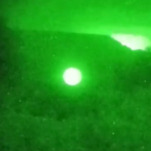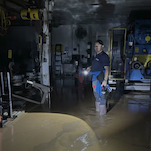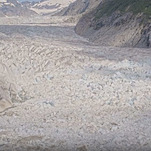Jupiter's Great Red Spot is shrinking and becoming more orange with age
Each year, NASA’s Hubble Space telescope takes photos of the other planets in our solar system to see how they’ve changed over time.
This year, images confirm that Jupiter’s Great Red Spot is getting smaller, and less red.
-

-

-

-

-

-

-

-

-

-

-

-

-

-

-

-

-

-

-

-

-

-

-

-

-

-

-

-

-

-

-

-

-

-

-

-

-

-

-

-

-

-

-

-

-

-

-

-

-

-

-

-

-

-

-

-

-

-

-

-

-

-

-

-

-

-

-

-

-

-

-

-

-

-

-

-

-

-

-

-

-

-

-

-

-

-

-

-

-

-

-

-

-

-

-

-

-

-

-

-

-

-

-

-

-

-

-

-









































































































